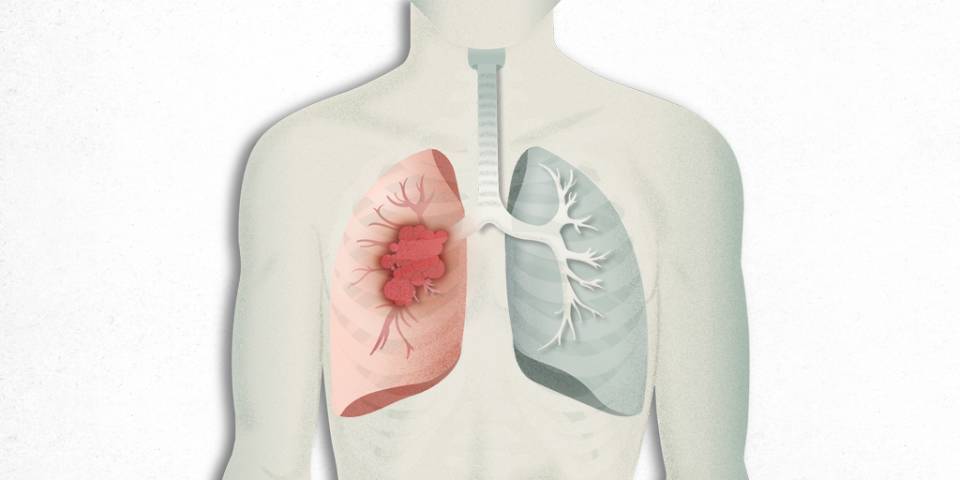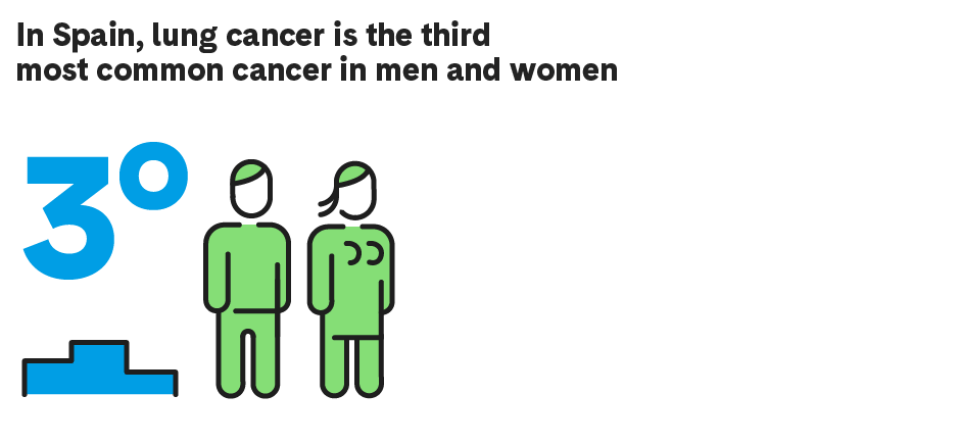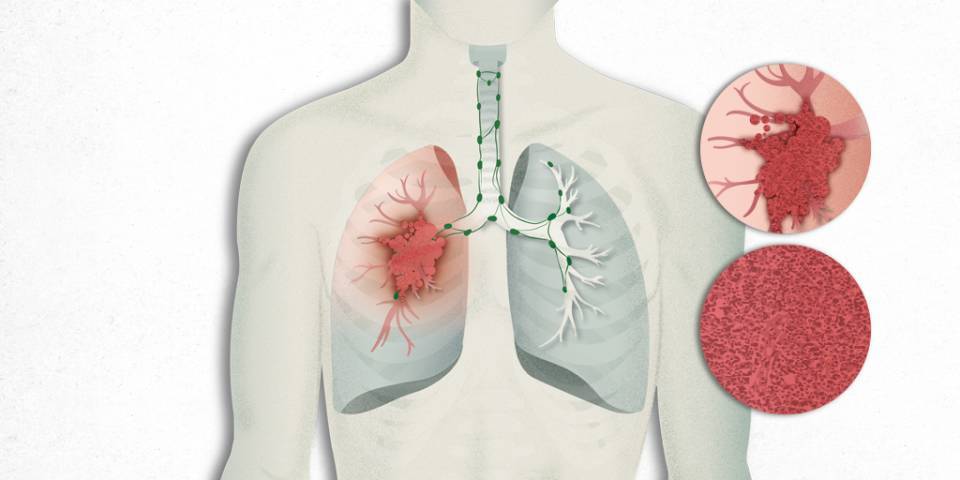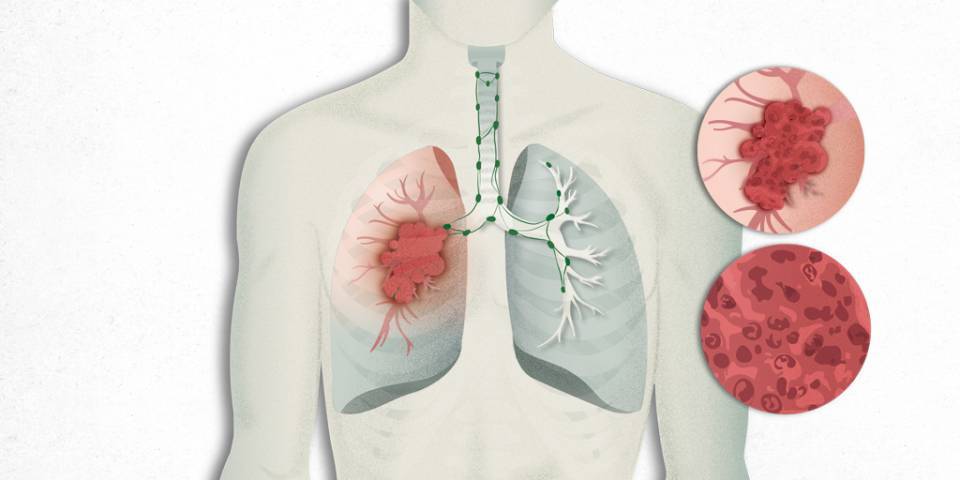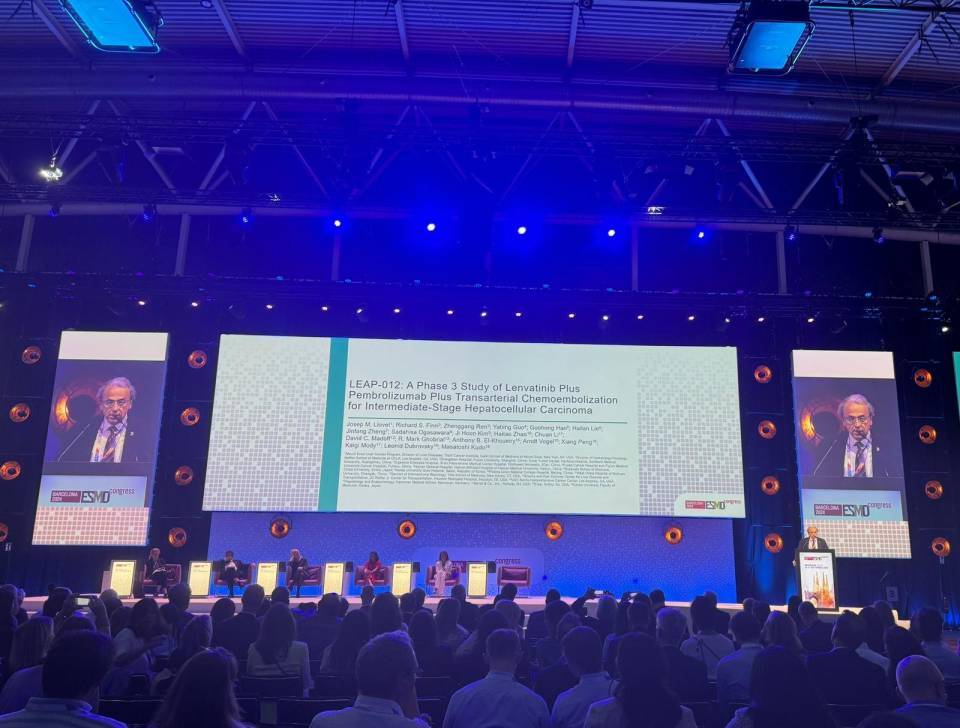19 September 2024
Substantiated information by:

David Sánchez Lorente
Thoracic Surgeon
Thoracic Surgery Department

Laureano Molins López-Rodó
Thoracic Surgeon
Thoracic Surgery Department

Mari Carmen Rodríguez Mues
Nurse
Oncology Department

Noemí Reguart Aransay
Oncologist
Oncology Department

Nuria Viñolas Segarra
Oncologist
Oncology Department

Ramón Marrades Sicart
Pneumologist
Pneumology Department
Published: 20 February 2018
Updated: 26 September 2023
The donations that can be done through this webpage are exclusively for the benefit of Hospital Clínic of Barcelona through Fundació Clínic per a la Recerca Biomèdica and not for BBVA Foundation, entity that collaborates with the project of PortalClínic.
Subscribe
Receive the latest updates related to this content.
Thank you for subscribing!
If this is the first time you subscribe you will receive a confirmation email, check your inbox
An error occurred and we were unable to send your data, please try again later.
